Toad05 Of Babyhood memories.
Kurosawa-san describes some childhood experiences that bothered him later in life: Do Childhood Memories Shape Adult Fears?
Winter is on its way home.
When I woke up in the morning, I thought I heard faint sounds of water droplets falling on metal - but when you are just up, you can mistake many sounds one for another - it takes a bit to “wake up” from cold start1, so to say. But it was water droplets on metal. And what I heard was soft rain - in the midst of a wintry, foggy, cloudy morning. It was beautiful. It was so beautiful that I let the camera be, and focused on taking it in, enjoying the chill.

In the middle of last month, January, the festival of Makara Sankranti was celebrated across India2, where the Sun God is worshipped. On this day, the Sun’s Northwards journey starts - what is called “Uttarayanam” in Samskrutam language3.
Here’s a group of all ages creating rangoli art that is made just for Makara Sankranti (I’d suggest having sound “on”):
India is home to many such varieties of Complex art, practiced almost daily! 😄
Along with the worship of the Sun is also the thanksgiving for the winter harvest/crop: a festive rice-dish is prepared, kindled on/over fire-wood (name in the footnote: 4).
There were also the Kumbha Mela5, the largest human gathering - Ever, and the annual Republic Day (26th Jan, Delhi6) celebrations both of which have spectacular Art, Colour and Pomp, but if I were to describe them well, I might have to write an entire series of posts about them!
HHELLLLOOOOOO!!
Welcome to the 5th post in the Toad series. The toad series of posts is a serialised attempt to illustrated Akira Kurosawa’s autobiography by yours truly.
The first post7 of this series is here below:
In the previous Toad post8, I had quoted the first part of the book’s first chapter - which was about early memories, or Earliest memories to be precise9. Kurosawa-san’s recollection of the bath-tub incident and the big bright lamp, follows soon into other recollections. Some interesting, some not so, but all painting a vivid picture. It feels like Kurosawa-san is sitting with us, talking to us, gesticulating with his hands on the shape, size, colours of his memories, probably smoking a cigarette or two on the way while we are all supping on Masala Chai or Filter Kaapi10.
I have to compliment the translator Audie Bock as well for how much her work in staying out of the way is successful11 - truly, a master translator of Japanese.
One of the beautiful side-effects of this Toad series is that I often get to re-read the book - so that I can link back to the previous post as well as to write the current one - and of course, Illustrate it. So today, I actually learned that the Japanese version of Kurosawa’s autobiography is called “Gama no abura”12.
That said, What are we looking at, in today’s letter?
Today: Childhood memories 2
Kurosawa-san recollects his babyhood thus:
This incident with the washtub is my very first memory of myself. Naturally, I do not recall being born. However, my oldest sister, now deceased, used to say, “You were a strange baby.” Apparently I emerged from my mother’s womb without uttering a sound, but with my hands firmly clasped together. When at last they were able to pry my hands apart, I had bruises on both palms.
(emphasis added)
He carries on, in the next page:
I think this story may be a lie. It was probably made up to tease me because I was the youngest child. After all, if I really had been born such a grasping person, by now I would be a millionaire and surely would be riding around in nothing less than a Rolls-Royce.
(emphasis added)
Often enough while reading, I wonder if Kurosawa-san would have made a fine comedy-movie director too - on par with Charlie Chaplin, given the way he narrates his (Kurosawa’s) own life.
I wonder if there were scripts or stories he wrote that got translated into English. His Contemporary from India, SatyaJit Ray often wrote a lot of stories - one of his fiction forays is actually a very engrossing and successful series of tales about a detective called Feluda13.
Back to the book, this snippet above, with Rolls Royce, was the passage I had planned on illustrating for this post - another drawing of Cars14 seemed to be a good idea. However, there was a far more vivid memory which Kurosawa-san has described. I ended up picking that one - also because it gave me something new to draw.
The Omori District fire.
Kurosawa-san describes the scene of a distant fire in Omori district. He also follows up with a funnier incident, but I would be remiss if I did not let you read it on your own. Here’s his description of the memory of the Omori Fire:
Another memory from babyhood, also a sight viewed from my nurse’s back, comes to mind: a fire seen from a great distance. Between us and the fire stretches an expanse of dark water. My home was in the Omori district of Tokyo, so this was probably the Omori shore of Tokyo Bay, and since the fire appeared very far away, it must have taken place somewhere near Haneda (now the site of one of Tokyo’s international airports). I was frightened by this distant fire and cried. Even now I have a strong dislike of fires, and especially when I see the night sky reddened with flames I am overcome by fear.
(emphasis added)
Childhood experiences, fears.
I wonder how much of our fears as Adults are from conditions experienced in childhood but not dwelt on enough - not examined, analysed and wrung out to dry so we can find the truth of our emotions at those times.
Kurosawa-san’s book contains many such examinations of human nature - where he examines himself often, and in some depth - and we get to partake in that said examination, and if interested enough, apply that to ourselves.
First Draft
The description of the Omori scene felt a lot to me like this below:
Kurosawa-san as a baby in the nurse’s arms, and looking at the fire at a great distance (and hence the nurse seemingly unconcerned about it). I had to “wing it” for the older-style houses/buildings based on some descriptions of Japanese homes (later in the book15) and also based on some images I recall seeing.
I wasn’t actually sure if the face of the nurse looked feminine - so I had to try the trick of adding “red cheeks” type indications. And then the kimono itself.
Worked alright as first draft, I think.
What do you think? What could I do better perhaps?
This line sketch as first draft probably took me about 5 minutes, I think - most of it was conceptualisation in the mind really - .I had to kind of, sort of remember the images of Kimonos I had seen and
Colour Draft
I wanted to do this illustration in colour - especially the distant fire and sky aglow described by Kurosawa-san in just B&W. And this was my first draft:
This was fun!
Like that time when your mind conceives something and you can create it outside of the mind kind of fun.
I initially tried a new type of “brush” in the Sketchbook16 app, which was called a glow-pen or such, and it produced these interesting colours that had a ‘pop’ to them - I tried that with outlining the fire part first and it was fun! (yes, it is the word of the day. Isn’t it fun?) The “brush” / “pen” really would not actually yield the selected colour, it would yield a slightly softer but brighter colour that was one or two shades from what I selected. The Yellows were all Orange-y colours selected, the Red was actually Deep Magenta-ish! But the effect was quite pleasing to watch!
It was also fun to paint / colour the baby Kurosawa-san’s clothes - I don’t know if they were that colourful back then (1910s) in Japan, but I suspect, in any culture, babies get the most colourful clothes. Babies after all represent new life, and who doesn’t like new life?
Learnings
1. Externalities.
As I was going from paper to “digital” art, and thinking of publishing this, a couple of things happened. A little patch of the earth’s crust somewhere near the Specific Pacific ocean decided to turn into a version of the Khandava Vana17 . And writing about fire seemed a little off-key when it was blanketed on news and social media with cries of acopalypse. Now that fire has been taken care of, one hopes people get to recovery and rebuilding soon enough.
So while my initial final image was going to have semi-scared running faces behind the baby Kurosawa-san/chan, I thought I might need to up the ante on the levity-front. And so I did.

If you are thinking “These cats look very alike”, you are right - they had the same Momcat and Dadcat (and probably Photographercat)18!
Do the orangey cats make it look better? What do you think? LemmeknowIntheComments(SayMagikWordsAyeEyeToProveYuvarNotAI!).
2. Drawing the Background.
Earlier in the post, where I was quoting Kurosawa-san’s memory of the Omori Fire (link), he describes a dark expanse of water. That was the background you see as dark grey. I got that part somewhat right - although I haven’t seen the Pacific ocean/Sea of Japan as grey in the flesh, I have seen seas that turn grey towards the first half of the evening (before going black at night) , and this seemed reasonable.
2. a. Splitting background from foreground.
But that opened up a problem - Kurosawa-san doesn’t describe the beach/bifurcation of land and sea and I could only imagine bitumen/tar roads - and its hard to separate them in colour - or I am not exactly sure how to do this.
This would be something I need to learn how to do. A To do / To be learnt for future MrNoob.
3. Accidental Emojis.
Some more on the “gel pen” brush that I had talked earlier. You know where I said if you select Magenta you get glowy red, and Orange gets you glowy-Yellow with that brush. I discovered something else too:
Notice how all the homes seem to be the 😮/😱 emojis? Well that was a happy coincidence from the glow-gel-pen actually removing all colour except white, when used on an area like it was a “painting” brush. That is, if you used it to colour an area with some pressure, you got “white” + soft-edge rectangle/square.
Thus, the emoji.
Totally appropriate to the drawing though! I should explore more of this the next time.
Have a Good one!
MrNoob
PS: The Previous edition of TheToad is here (link).
This is referring to an Engine’s Cold-Start behaviour.
It is known by a few different names across India - Sankranti, Bhogi, Pongal, Lohri and so on - but essentially celebrated the same way. (About as same as you could get 1.4 billion people to do so, across thousands of years)
The language often anglicised as Sanskrit.
Khichdi / Huggi / Pongal are roughly the names of the rice-dish cooked across different regions.
The Kumbha Mela is on till March, at the Tri-Confluence of Ganga, Yamuna and Saraswati rivers, in Prayagraj)
This one is estimated to have 400 Million people attend the event. The one previous to this, had 100 million people attend it, one among those fortunate 100 million was yours truly.
What the Largest Human Gathering in History looks like, from the Space Station: (twitter/x link).
where the Indonesian President was a guest of honour
It is ironically not called “Toad” because, well, because.
Are you also intrigued by the words precision and accuracy and their similarity yet different imports?
The Heavenly version of Coffee, solely available in India (chiefly in the states of Karnataka and Tamil Nadu). Visit if you want to experience it.
I do not know Japanese, but it does not feel like I am missing out on the meaning and intent of Kurosawa-san’s words while reading Ms Bock’s translation.
You don’t pause your reading in between to figure out “what is being said here?”.
The first 10 minutes of this hour long video (link) from Chicago University’s Larry McEnerney summarises some of the problems with poor translation/writing and reading. The Whole video is worth watching, imho.
A good example of a poor translation is “Days at the Moriaki Book shop”. The book itself is poorly edited, but reading the translation feels as jarring as chewing iron the drilling during root canals / teeth removals. Brrr BRrrr BNRRRRRR “STOOPP! WHY ARE YOU DRILLING MY HEAD? Remove that faulty tooth only!!!” BRRRRRRRRR (Dentists never listen do they? All teeth no ears?)
If you are familiar with Japanese, which of the titles resonate better? I would appreciate any information on these lines!
“da” is a honorific-suffix added in some parts of India, to denote a person senior to one-self, somewhat akin to “san” when using Japanese or “nim” with Korean.
Feluda stories is a good introduction to the Bengali milieu of that part of 1960s-80s India and was inspired by Ray’s own admiration of the Sherlock Holmes stories and characters.
This post where I drew Cars, for example, in profile:
There is a description of the “Great Kanto Earthquake” later on in the book, a few chapters down, including Kurosawa-san’s or his father’s musings on the strength of the older buildings in resisting / limiting earthquake damage.
The Sketchbook app is, in my opinion, one of the easier and more reliable apps to use for those of us who are beginners to Drawing/Sketching. You can see more here: https://www.sketchbook.com/
The Khandava Vana was an ancient forest devoured by Agni, the God of Fire before the Pandavas set up their capital Indraprastha. This place is now part of Delhi / National Capital Region of India.
Unfortunately I dont have the PhotographerCat’s details to credit them!

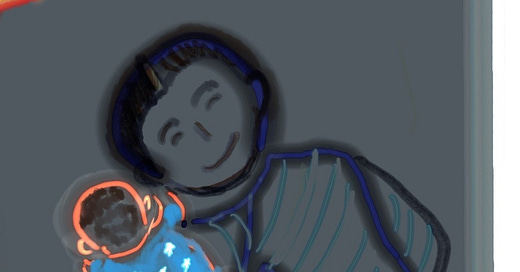


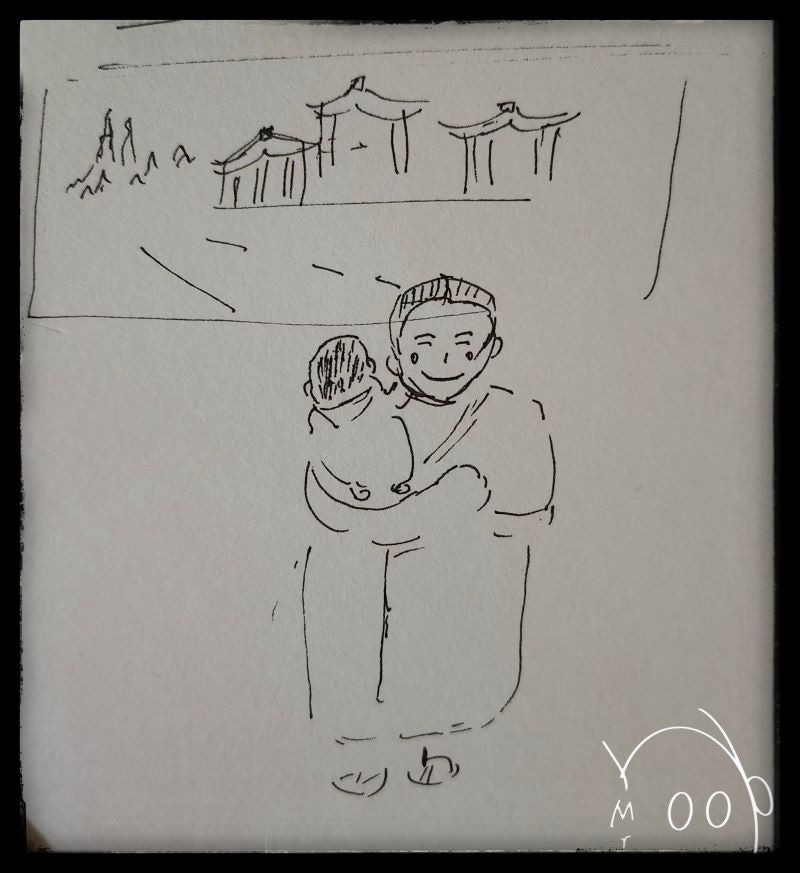
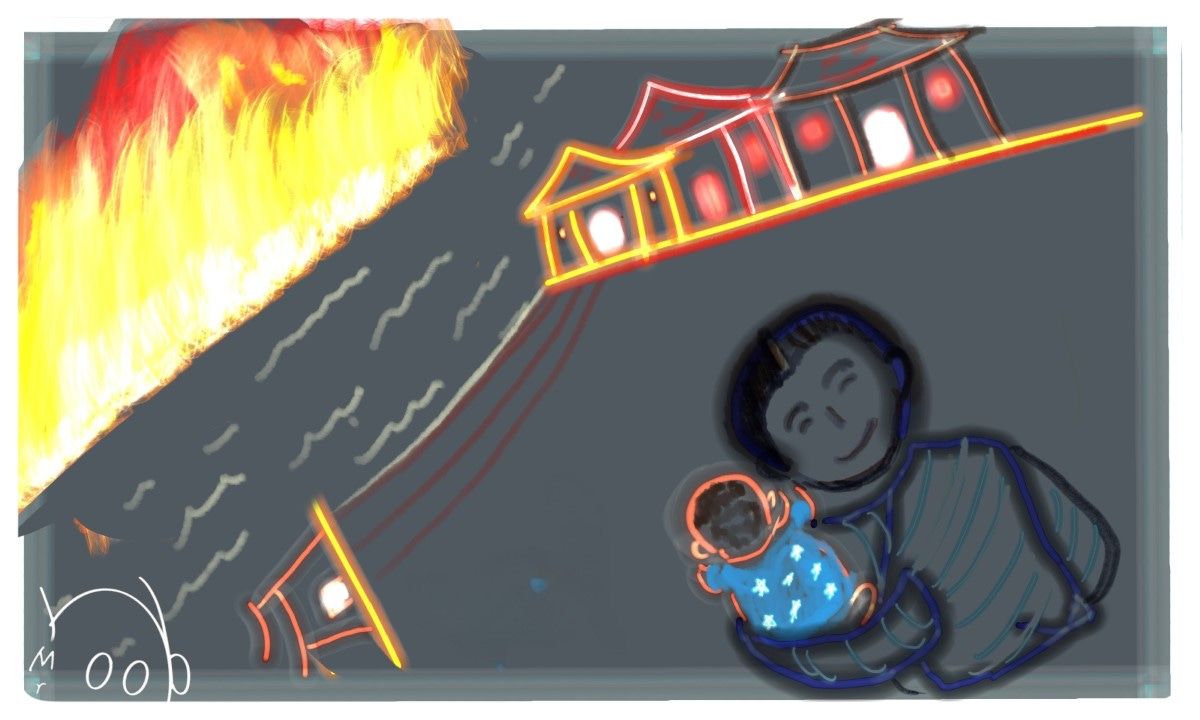
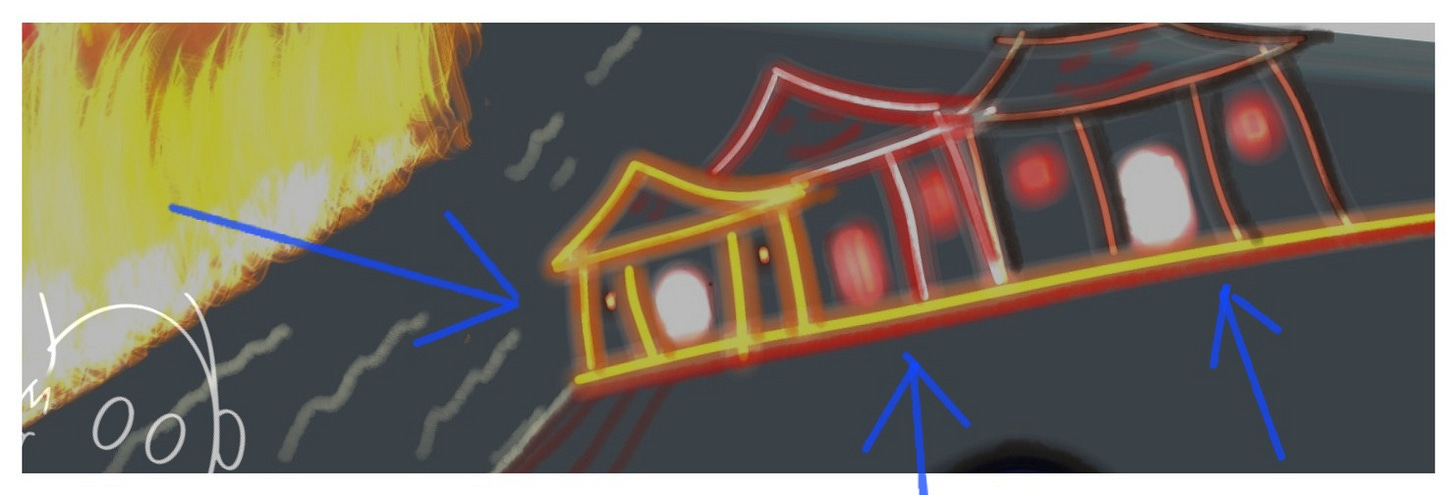
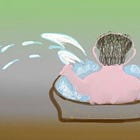
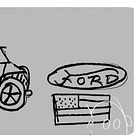
I love the nurse's expression in the pen drawing particularly, and the fire colours are wonderful 💖